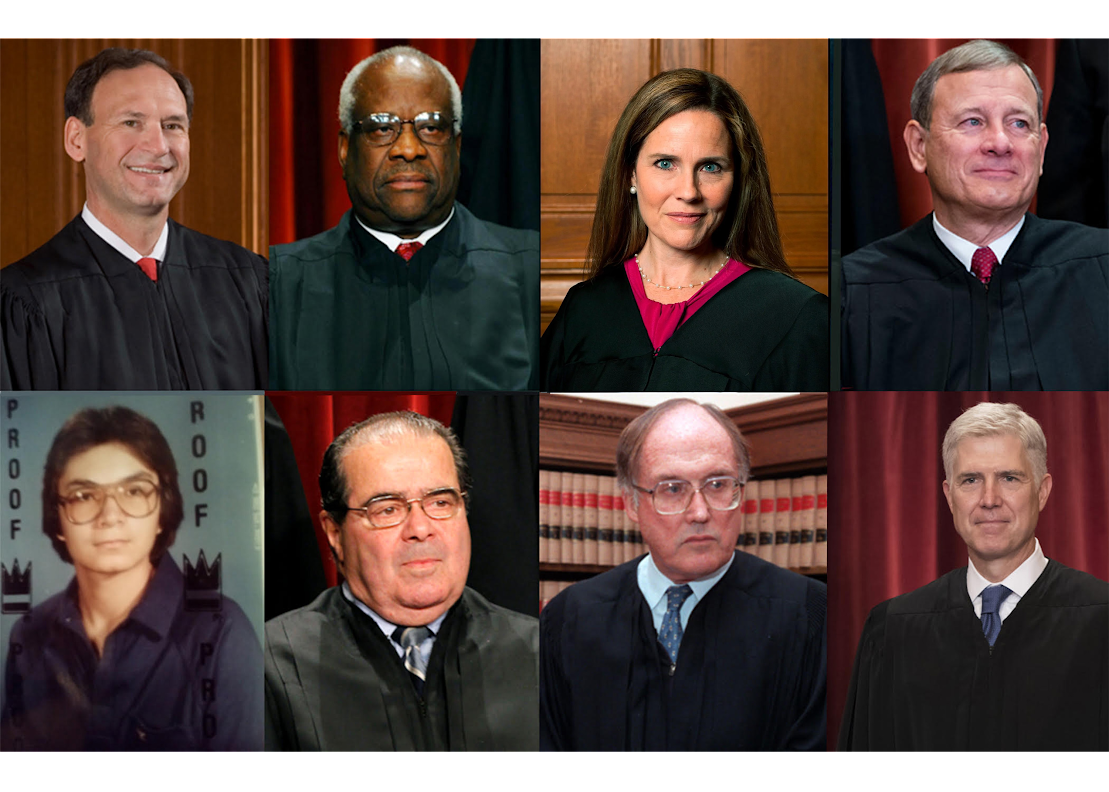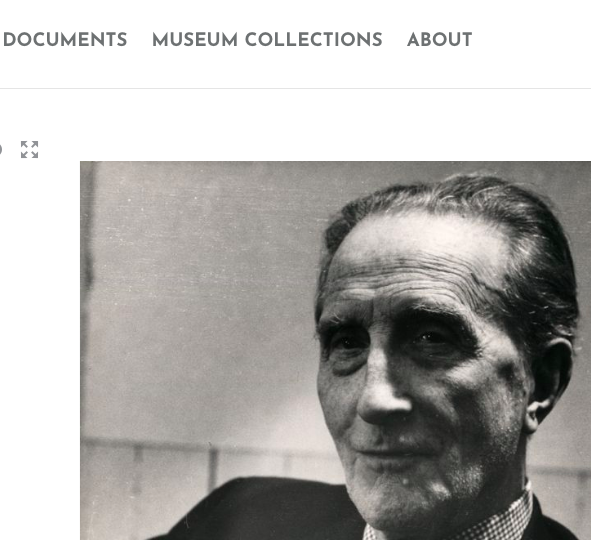Donn Zaretsky asks the right question which no pro-Fairey individual wants to answer (and answer honestly).
[A]ssume a well-known photographer creates an image the purpose of which is to move people, express some idea, touch our souls. Now along comes a crass commercial artist who makes modest changes to the image along the lines of what Fairey did here, and then starts mass producing and selling posters of it. Now we have a totally different purpose — to make boatloads of money. Fair use? Or is “transformation” a one-way street?
I would add that it wouldn’t necessarily have to be a “crass commercial artist,” but could simply be a corporation searching for advertising material, such as Apple did with Marclay’s video. It cuts both ways. If artists want carta blanca to do as they wish with other’s property, why shouldn’t the converse also hold true? What astounds me is how liberal “visual artists” are in their self-righteous entitlement to take any copyrighted material and use it as they see fit, yet when another commercial or non-commercial entity takes their work, they are quick to cry infringement. Transformative should cut both ways. Why should Mannie Garcia be granted less protection, or considered less of an artist, than Fairey?
Which is why Peter Schjeldahl is completely wrong for stating that “[a]s an art maven, I’m for granting artists blanket liberty to play with any existing image.” One, for the reason stated above: he grants a higher privilege to his version of artist than to the everyday creative individual. And two, what Schjeldahl and other non-artists fail to see are the negative repercussions stemming from training young artists to use Google images, rather than their imagination, to make art.
February 14th, 2009 by Sergio Muñoz Sarmiento in
Copyright
Last December we mentioned Damien Hirst’s threat of a lawsuit against a teenage artist for alleged copyright infringement. Today The Independent reported that following Hirst’s bullying tactics, a few well-known British artists have decided to taunt Hirst and his “greedy” ways by creating more “derivative” works based on Hirst’s skull imagery.
Creators of the website redragtoabull.com, who include Jimmy Cauty, a former member of KLF, Jamie Reid, best known for designing the Sex Pistols’ “God Save The Queen” single cover, and artist Billy Childish, have produced a series of skull images which flouts copyright regulations and deliberately provokes one of the most powerful – and richest – artists alive.
Writing to The Independent, Cauty said: “Unlike Cartrain and his gallery, we are not intimidated by lawyers and if an injunction is issued, we will simply ignore it on the grounds of freedom of speech.” He suggested the concept of copyright, which was changing in the music industry, had some way to go before it was “abolished and replaced with something more flexible”.
In today’s Art Newspaper:
Inadequate insurance taken out by Lancaster city council has left a public art project by US artist Mark Dion in ruin after thieves stole 21 bronze sculptures in February 2008.
According to USA Today, a German court ruled yesterday that a Jewish man is the rightful owner of a rare poster the Gestapo seized from his father in 1938. More importantly:
The ruling set the stage for the return of the entire collection of thousands of posters taken by the Nazis, which are now worth at least U.S. $5.85 million.
The ruling means that the court has backed the claim of Peter Sachs of Sarasota, [Florida] on the surviving portion of his father’s collection — some 4,000 posters at the German Historical Museum in Berlin[.]
According to the NY Times, Shepard Fairey has sued the Associated Press, asking a judge to declare that he is protectec under copyright law in using the AP’s photograph. However, in an interesting turn of events, it seems the “true” copyright owner of this (now) famous photograph is up for debate. It seems that the photographer, Mannie Garcia, is now claiming that in fact he, under contract with the AP, owns the copyright to the original photographic image.
In a pre-emptive strike, the street artist Shepard Fairey filed a lawsuit on Monday against The Associated Press, asking a federal judge to declare that he is protected from copyright infringement claims in his use of a news photograph as the basis for a now ubiquitous campaign poster image of President Obama.
With Obama’s popularity and so much hype of this image playing in Fairey’s favor, I don’t think this lawsuit will actually get its full day in court. As with the Cariou v. Prince lawsuit, my legally educated guess is that both of these lawsuits will settle out of court, meaning that unfortunately the “fair use” exception under copyright law will remain as abstract and unpredictable as ever.
More from the NY Times here.
-sms
A group of irritated citizens from Denver, Colorado are seeking to have a public sculpture piece removed. The sculpture piece, a 32-foot-tall fiberglass mustang horse, created by Luis Jimenez, sits at the entrance of Denver International Airport. It allegedly has scared residents and visitors into freightened submission, but not to the extent of curtailing complaints or petitions to have it removed. However, and according to the WSJ, Denver city rules stipulate that “any public-art installation…remain in place for at least five years, to honor the artist’s intent and give the work a chance to grow on the public.”
We’re not sure what, if any, moral rights Jimenez would have under Colorado state law. But under VARA, Jimenez is out of luck, as VARA rights cease at the end of the calendar year in which the artist died. However, and based on the given facts, an interesting issue does arise. Joint-authors are also protected under VARA, and VARA rights expire at the end of the calendar year of the death of the last surviving artist. The WSJ report cites that upon Jimenez’s death in 2006, “Mr. Jimenez’s widow and children helped finish the sculpture[.]” Although much more fact-finding would be necessary, if this is true it allows for the possibility that Jimenez’s wife and children are joint-authors, therefore raising a (very) possible VARA issue.
Assuming this was plausible, and under the “integrity” prong, Jimenez’s “joint-authors” would have to prove intentional distortion, mutilation, or other modification of the artist’s work that was prejudicial to his or her honor or reputation or, any intentional or grossly negligent destruction of his art work (which is of recognized stature).
The Asoociated Press has reached out to Los Angeles-based artist Shepard Fairey, alleging Fairey used an AP image without consent. The AP alleges it owns the copyright to Fairey’s now-famous Obama image, adding that they want credit and compensation. Fairey vows to battle this allegation.
“The Associated Press has determined that the photograph used in the poster is an AP photo and that its use required permission,” the AP’s director of media relations, Paul Colford, said in a statement. “AP safeguards its assets and looks at these events on a case-by-case basis. We have reached out to Mr. Fairey’s attorney and are in discussions. We hope for an amicable solution.”
The damages could be substantial, leading us to believe Fairey will settle with the AP. Assuming the AP registered the photo with the copyright office before Fairey’s appropriation, if Fairey loses he’s looking at statutory damages (and per infringement).
A New York Times book on the election, just published by Penguin Group (USA), includes the image. A Vermont-based publisher, Chelsea Green, also used it — credited solely to Fairey_ as the cover for Robert Kuttner’s “Obama’s Challenge,” an economic manifesto released in September. Chelsea Green President Margo Baldwin said that Fairey did not ask for money, only that the publisher make a donation to the National Endowment for the Arts.
If he’s smart he’ll settle for partial accreditation rights to the derivative work, along with a few pennies. Don’t set a bad precedent by litigating this one. Fair use or not, the AP has a very strong derivative-right claim here. Settle this Fairey, and for whatever the AP gives you.







